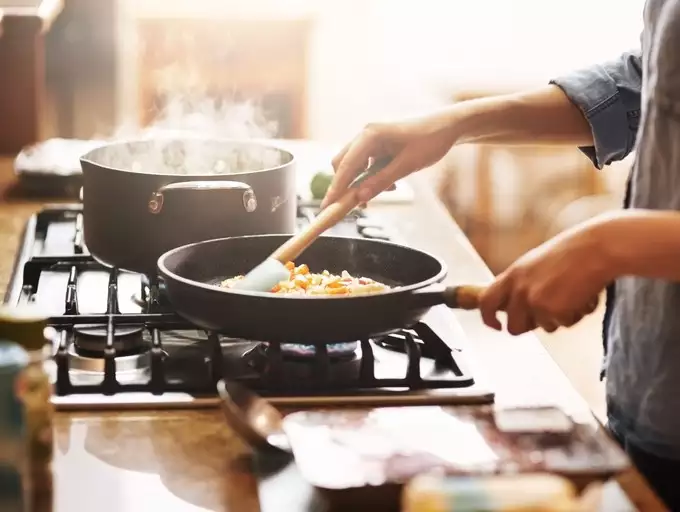
One of the main staples for professional and home cooking is sautéing: frying the food in the pan while rapidly moving it around while keeping it covered. However, perfecting the sautéing process requires skills and techniques paired with a high-quality saute pan.
Unfortunately, with the market offering a wide range of cookware variations, most buyers often feel overwhelmed, forcing them to make rushed and biased decisions. If you’re looking to stray away from the path of disappointed consumers, here are five little-known things you should consider.
Look for Reviews and Ratings
Before making a purchase, you want to have the most up-to-date information about cookware products, so you should consider what others say. There are pans on the market that are dangerous, of poor quality or perform poorly.
Unreputable manufacturers even mislead consumers about the materials and chemicals used in certain products. Cookware reviews are critical for determining whether a product is worth purchasing initially and in the long run.
Match Your Cookware with Your Cooktop
Remember: not all materials perform equally well on all stove types. It’s ideal to have flat-bottomed pans on smooth-top ranges. While gas ranges are more merciful, it’s still important to observe proper contact between the pan’s bottom and the burners.
If you purchase magnetic cookware, you also need to use it with an induction cooktop. So, make sure that your cookware adheres to the bottom of an induction range or cooktop, and it will function properly.
Individual Pieces vs. Sets
At first glance, cookware sets may appear to be a good deal, but don’t be fooled by the number of pieces included. Usually, you only need a few pots and pans for almost all your cooking. And, in reality, you don’t need a lot of extras to get by.
If you need a saute pan, just focus on that one rather than finding deals that would mislead you into purchasing other products you don’t need at the moment. Buying cookware individually can be beneficial for maximising performance across your entire cookware collection.
The Bigger Isn’t Always the Better.
The number of servings prepared is directly proportional to the size of the pan. So, owning a 16-inch wok is pointless if you only feed two adults regularly.
While having a large dish on hand is convenient when catering to a large group, it is also quite heavy, clumsy, and difficult to store, especially if a smaller model would have sufficed for 99.9% of the meals.
Yes, there is no universally applicable “golden rule” for pan sizing. But, the most important factor to consider when assessing the size of your pan is your needs.
Don’t Forget to Read the Care and Use Instructions.
Most high-quality products’ warranties will only be honoured if they are used and cared for properly. Take note that most manufacturers recommend hand washing cookware rather than automatic dishwashers.
Most automatic dishwashers have high drying temperatures and harsh cleaning chemicals, making them harmful for cleaning certain pans. Dishwasher-safe products are now available from a few high-quality brands, but only time will tell how effective they are.
Consider all of these factors before purchasing a new pan. Thinking about how you intend to use the cookware will assist you in finding the best one for your needs.
Now, you don’t have to worry about fraudulent sellers or products. With the tips mentioned, you will have a pan you can be proud of.




